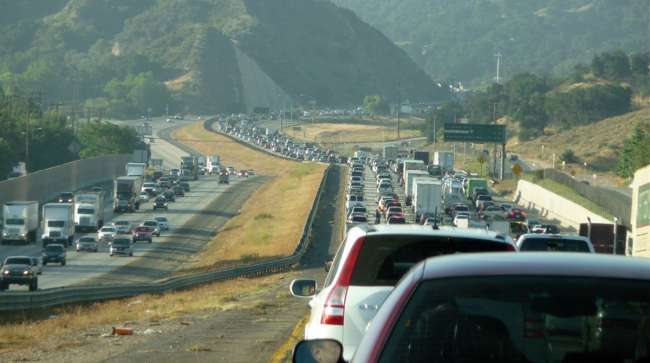Senior Reporter
Hill Consideration of Meal, Rest Break Proposal Continues

Congressional leaders have until March 23 to finalize a fiscal 2018 funding bill, as part of a deal Senate leaders recently struck that also would provide $90 billion for hurricane disaster relief and $20 billion for infrastructure projects.
Agreeing on the short-term funding measure would avoid a partial government shutdown set to begin Feb. 9. The negotiations on the fiscal 2018 funding bill, meanwhile, will include a provision that would ensure nationwide uniformity in meal and rest break rules for truckers. House appropriators backed that provision last year.
(plan includes $20 billion for infrastructure) -- Senate Deal Would Avoid Shutdown as Funding Fight Turns to House https://t.co/xffRgNkp2D via @TransportTopics — Eugene Mulero (@eugenemulero) February 7, 2018
For American Trucking Associations Executive Vice President of Advocacy Bill Sullivan, the Senate deal signaled potential that the meal and rest break provision will be approved in the upcoming funding bill, commonly known as an omnibus.
“I’m pretty pleased they’ve paved the way to be able to set up this final negotiation in March,” Sullivan told Transport Topics. “We’re getting good feedback.”
Enactment of the meal and rest break provision would ensure motor carriers continue to operate under nationally standard federal regulations.
Specifically, the provision would clarify a requirement in a 1994 aviation law called F4A to block a California law signed in 2011. Under the California law, employers are required to provide a “duty-free” 30-minute meal break for employees who work more than five hours a day, as well as a second “duty-free” 30-minute meal break for those who work more than 10 hours a day.
“The Senate should approve this bill,” Appropriations Committee Chairman Thad Cochran (R-Miss.), said. “Its enactment would allow the appropriations committees to work in a thoughtful manner over the next several weeks to reach consensus on important bipartisan priorities like funding our national defense, the opioid epidemic, veterans’ health care and infrastructure.”




